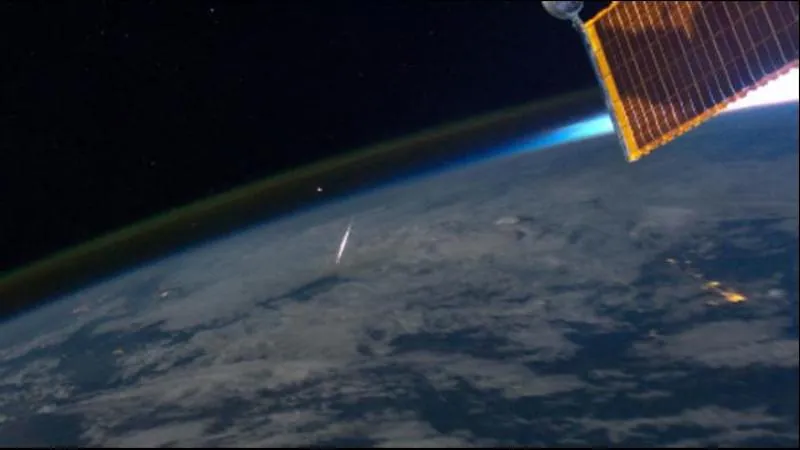
Tracking Space Junk: How Meteor Sounds Could Save Us
2025-05-04
Author: Rajesh
Earth’s Constant Cosmic Shower
Every year, our planet grows just a little bigger as an astonishing 50 tons of meteorites rain down upon us, along with thousands of metric tons of space dust. But there’s another concern looming overhead—space junk.
The Menace of Space Debris
Since the 1960s, our atmosphere has been littered with remnants of rockets, lost tools from astronauts, and defunct satellites, all orbiting at mind-blowing speeds of up to 18,000 miles per hour. These objects can return to Earth unpredictably, and scientists around the globe are racing to track their paths to determine where they might land.
Meteoroid Alerts Through Infrasound
In an exciting new study set for presentation at the European Geosciences Union General Assembly, scientist Elizabeth Silber from Sandia National Laboratories proposes a groundbreaking solution: using infrasound sensors. These specialized instruments detect low-frequency sounds that are inaudible to the human ear, picking up the dramatic signs of meteoroids breaking apart high above us.
The Challenge: Tracking a Moving Target
But here's the twist—unlike localized explosions, bolides (the bright flashes of meteoroids) are dynamic, generating sound along their travel paths. This poses a unique challenge, especially for meteoroids that enter the atmosphere at shallow angles. In these instances, signals recorded by various infrasound stations can come from different directions, complicating efforts to pinpoint their origin.
Innovative Research and Findings
Silber tapped into a global network of infrasound sensors maintained by the Comprehensive Test Ban Treaty Organization (CTBTO), initially designed to detect illicit explosions. By isolating signals from bolides, she was able to analyze their trajectories. Her findings reveal that when a bolide strikes at steep angles greater than 60 degrees, tracking its path becomes far more accurate. However, a shallower approach introduces significant uncertainty.
Why This Matters for Planetary Defense
Silber emphasizes the importance of factoring in the trajectory when interpreting infrasound data: "Infrasound from a bolide is more like a sonic boom stretched across the sky than a single bang. You must consider the sound generated along the flight path." This research underscores a critical need in planetary defense systems, especially as man-made debris continues to threaten our atmosphere.
A Future Glimpse: Protecting Our Sky
With space junk and meteoroids posing increasing hazards, understanding how to accurately track these objects using infrasound could revolutionize our approach to defending Earth. As technological advancements continue to evolve, we may be better equipped to safeguard our planet from calamities descending from above.
 Brasil (PT)
Brasil (PT)
 Canada (EN)
Canada (EN)
 Chile (ES)
Chile (ES)
 Česko (CS)
Česko (CS)
 대한민국 (KO)
대한민국 (KO)
 España (ES)
España (ES)
 France (FR)
France (FR)
 Hong Kong (EN)
Hong Kong (EN)
 Italia (IT)
Italia (IT)
 日本 (JA)
日本 (JA)
 Magyarország (HU)
Magyarország (HU)
 Norge (NO)
Norge (NO)
 Polska (PL)
Polska (PL)
 Schweiz (DE)
Schweiz (DE)
 Singapore (EN)
Singapore (EN)
 Sverige (SV)
Sverige (SV)
 Suomi (FI)
Suomi (FI)
 Türkiye (TR)
Türkiye (TR)
 الإمارات العربية المتحدة (AR)
الإمارات العربية المتحدة (AR)